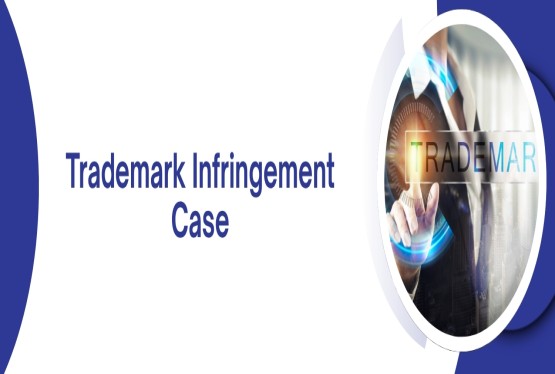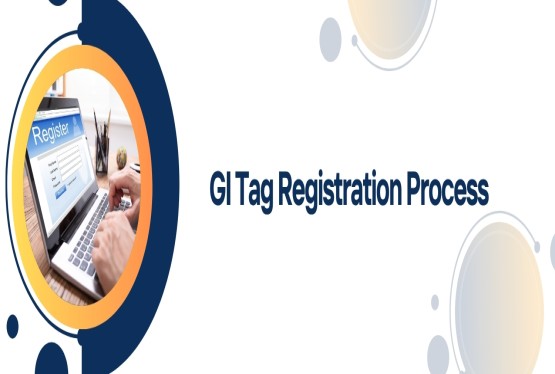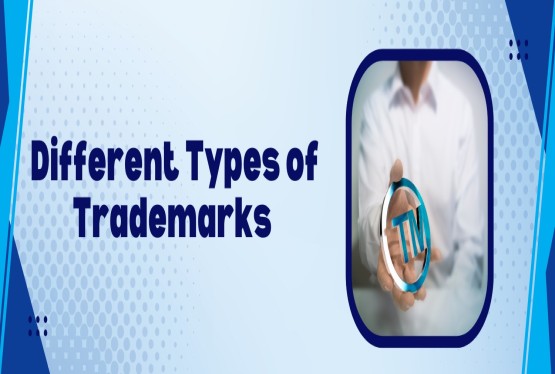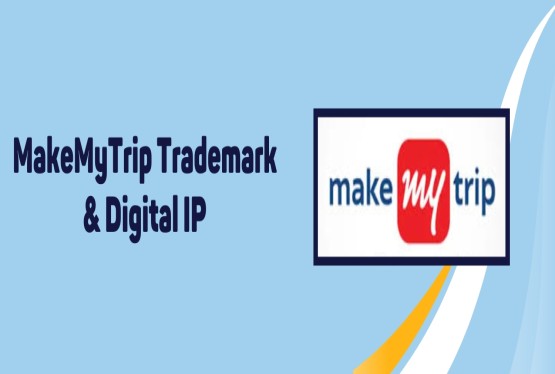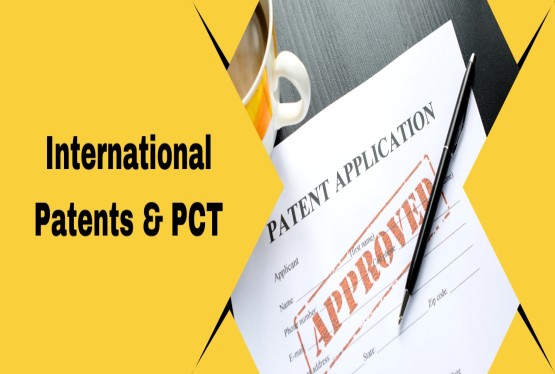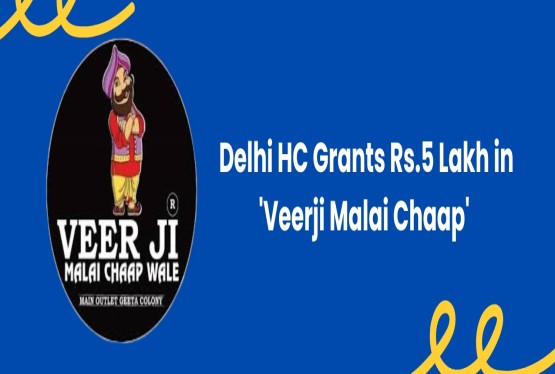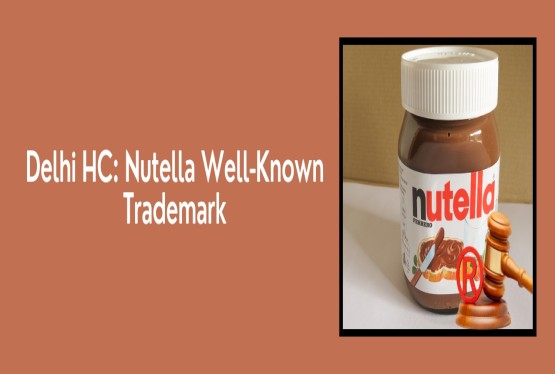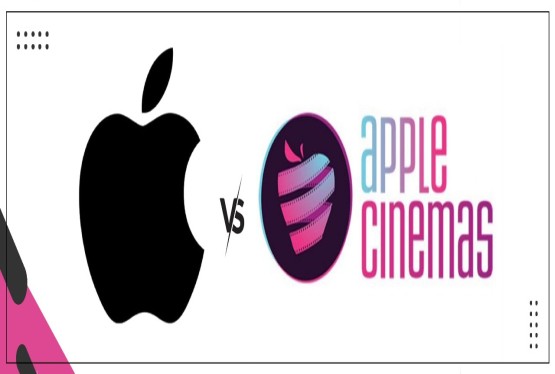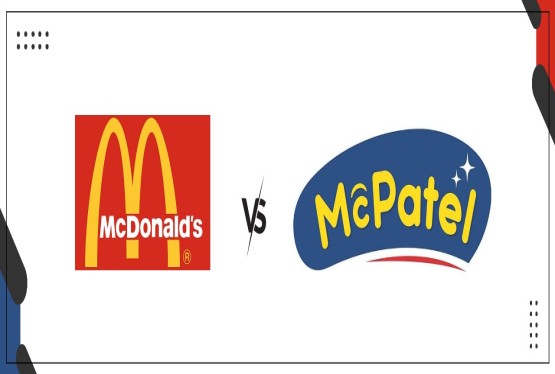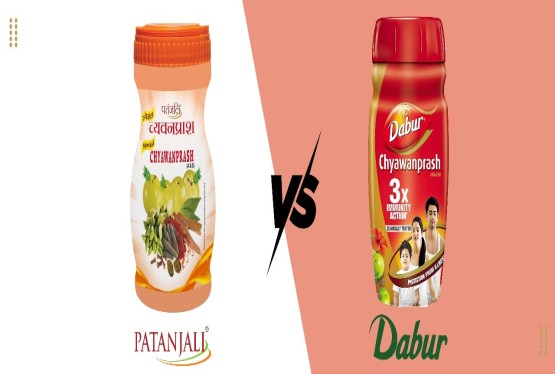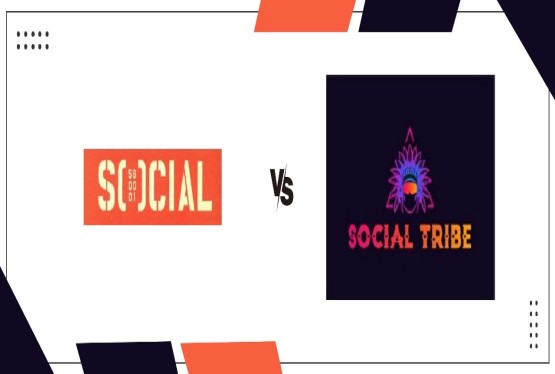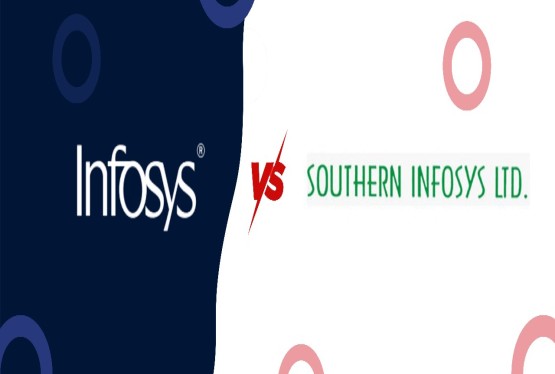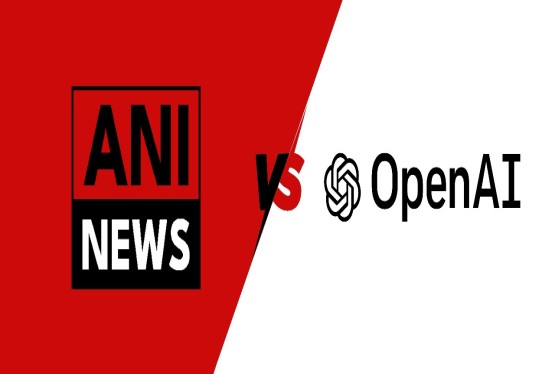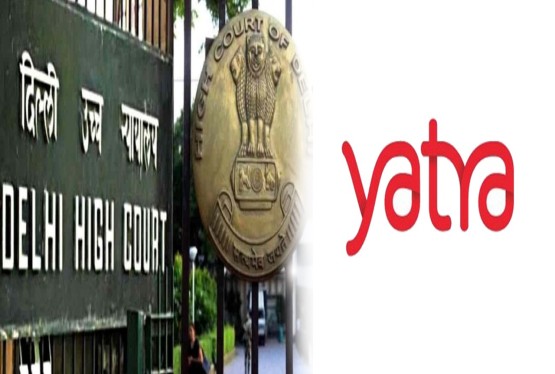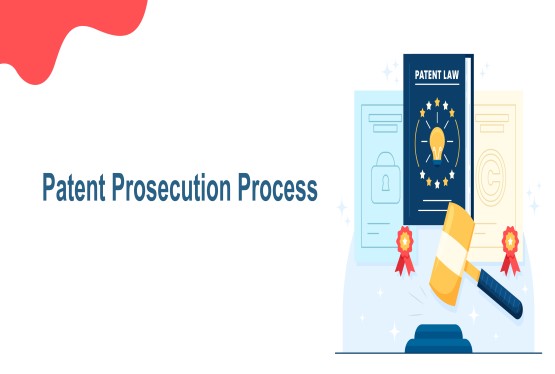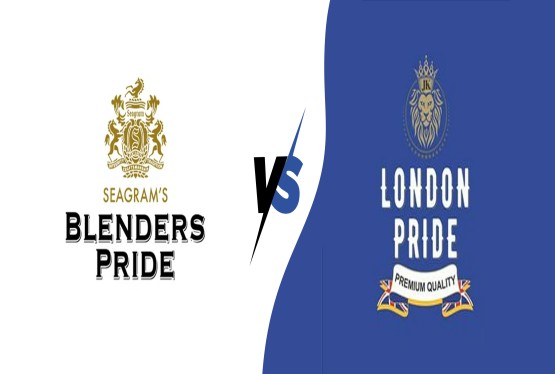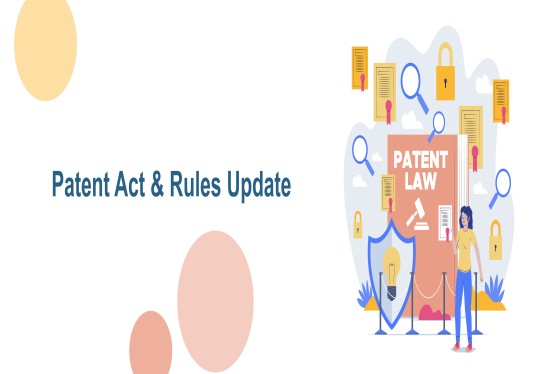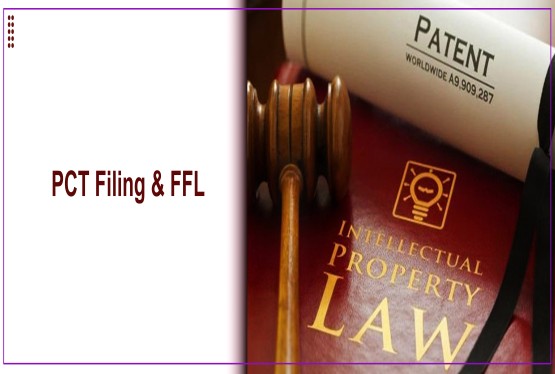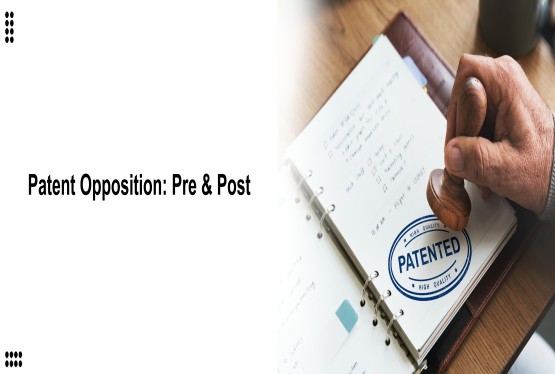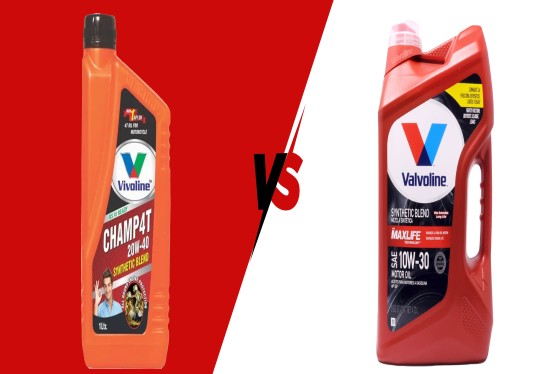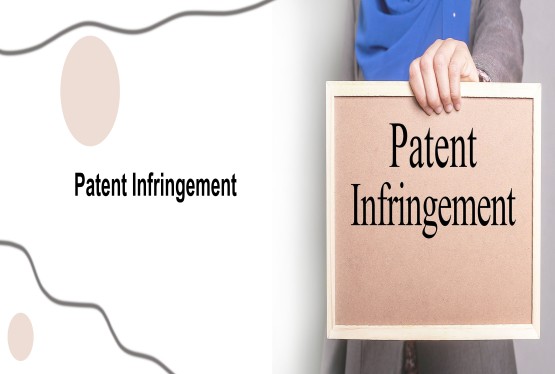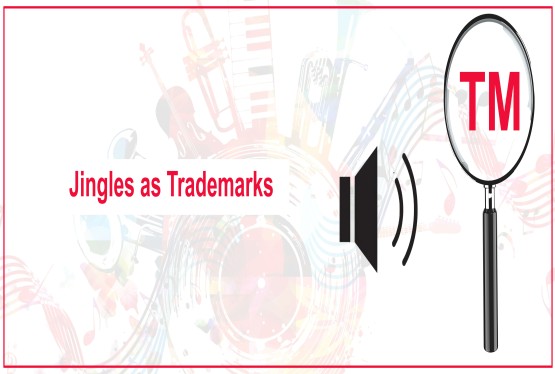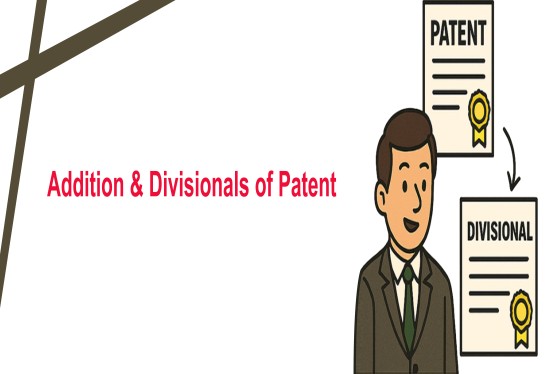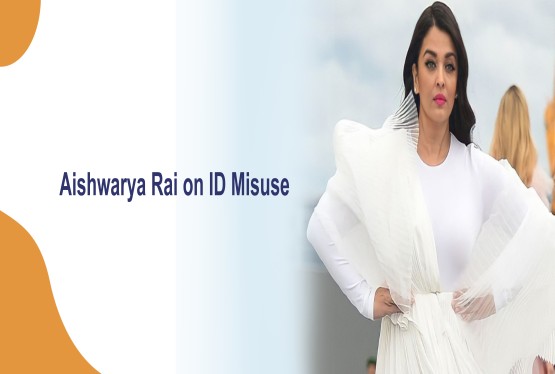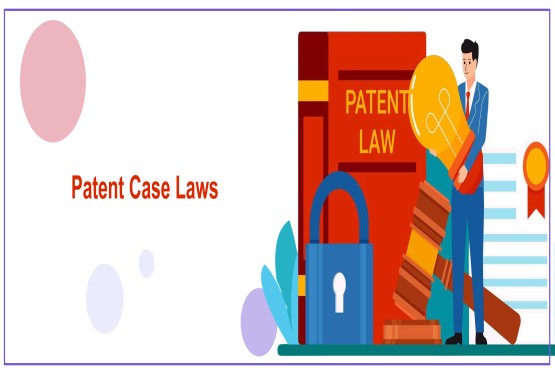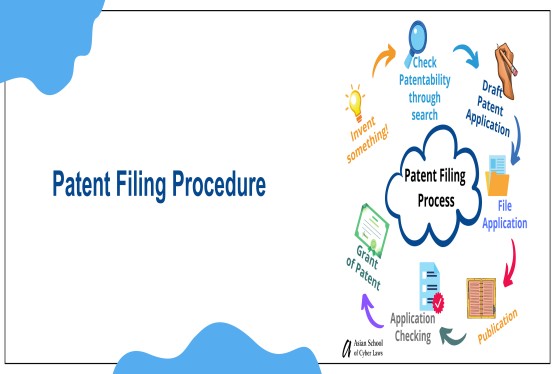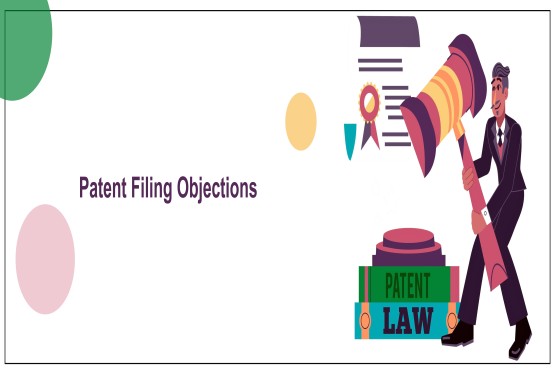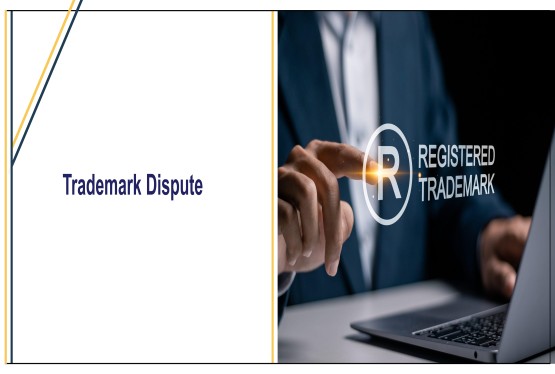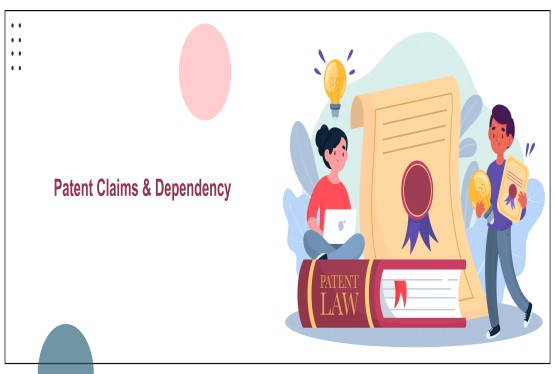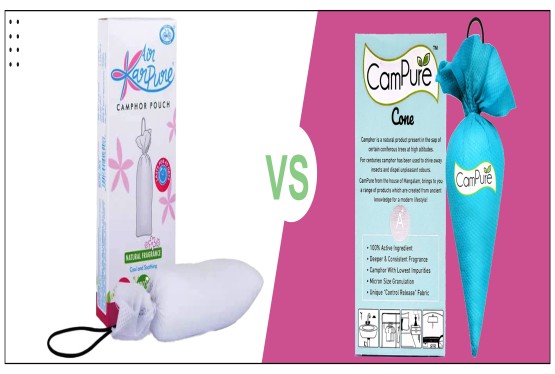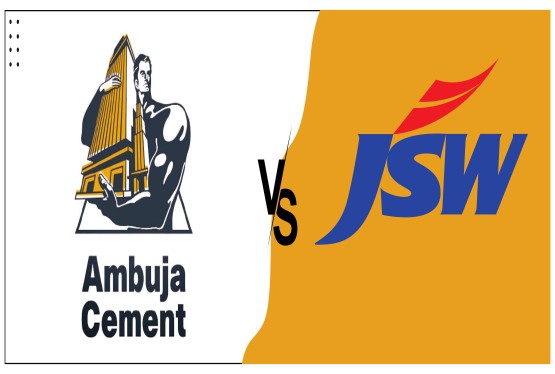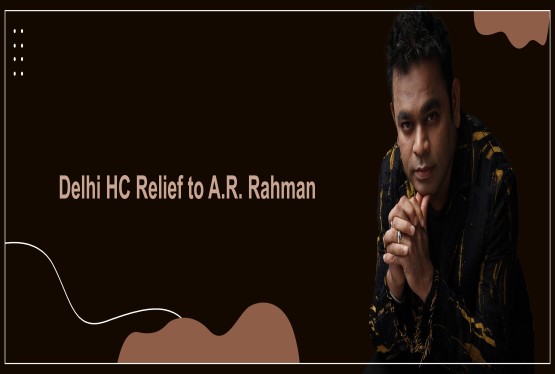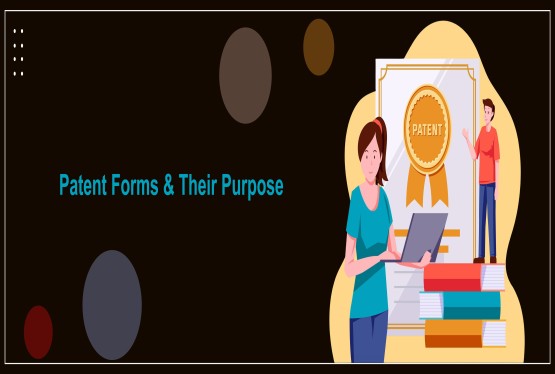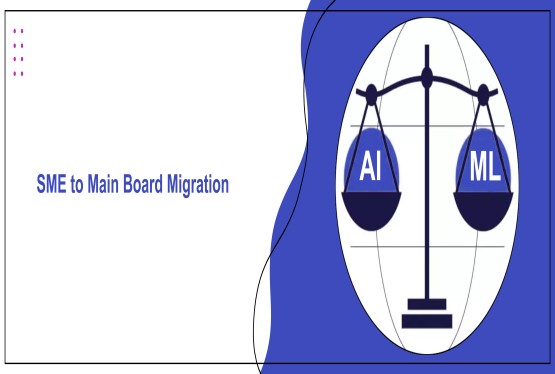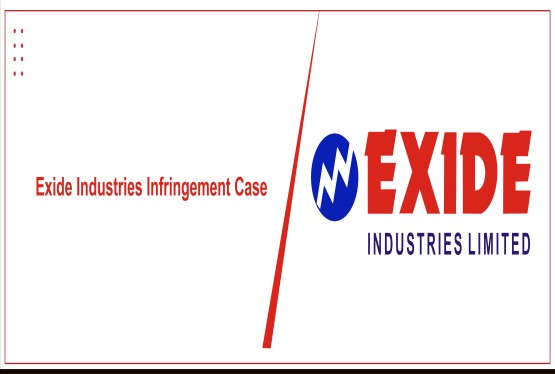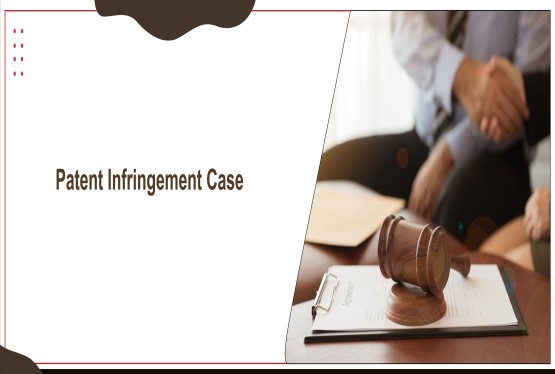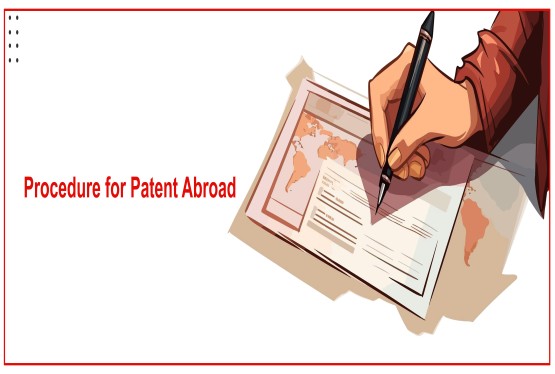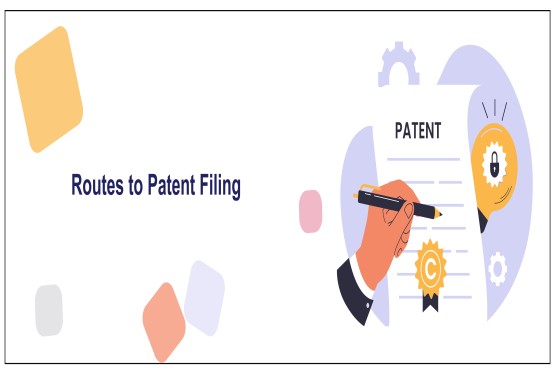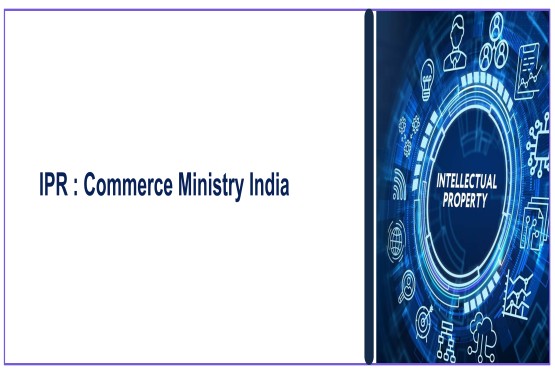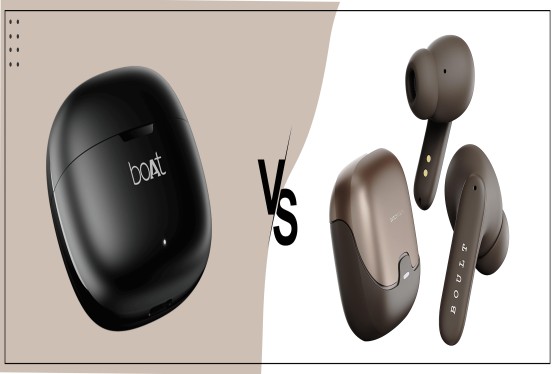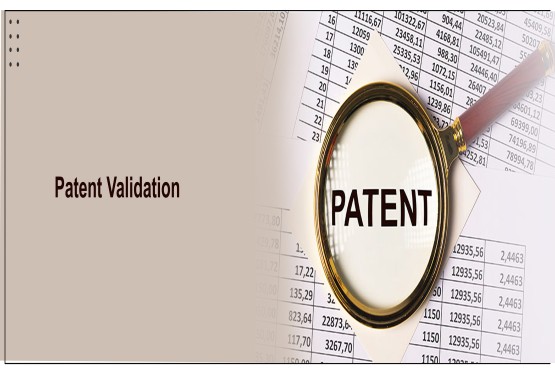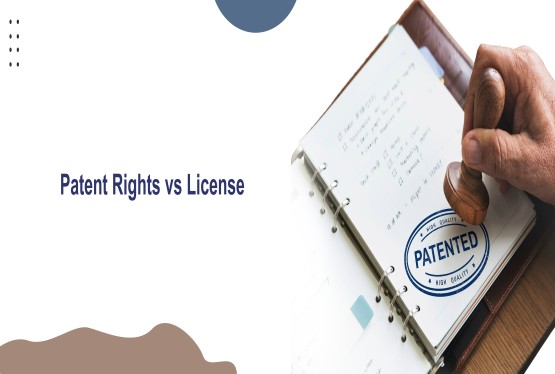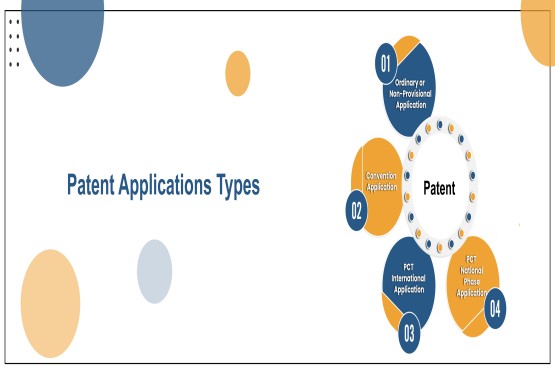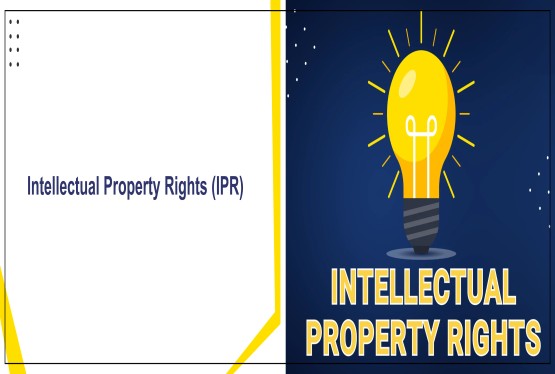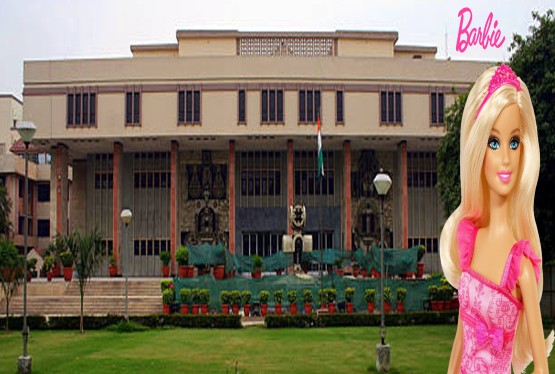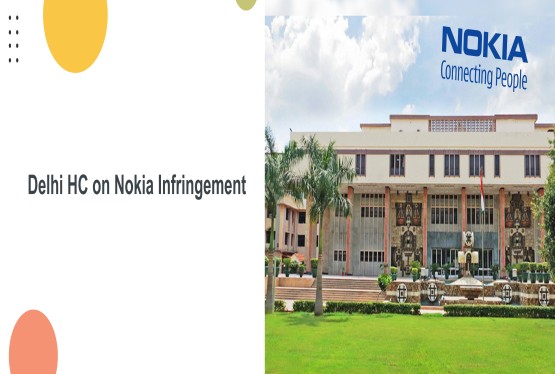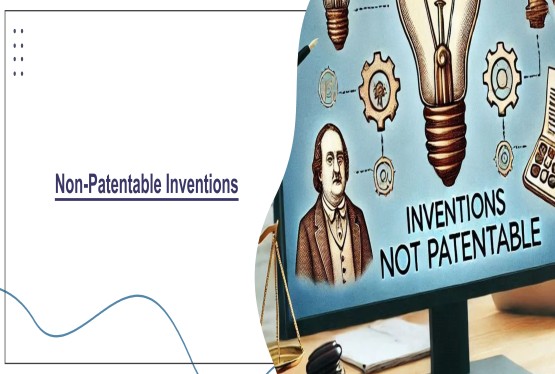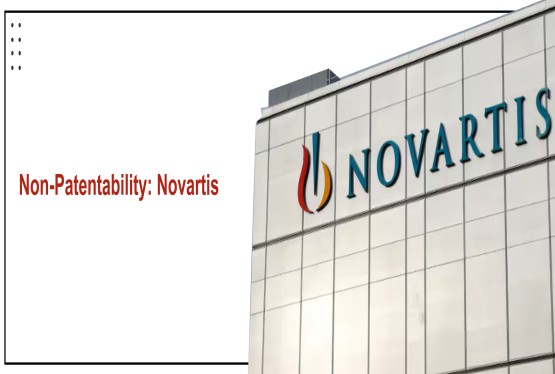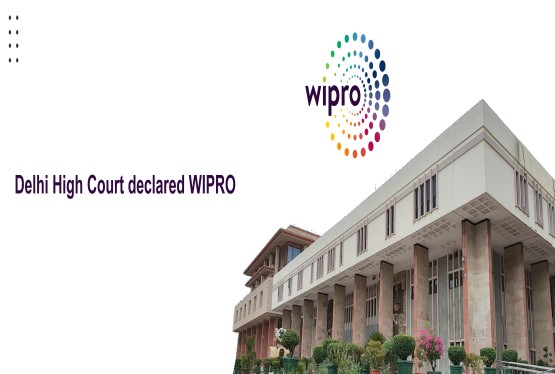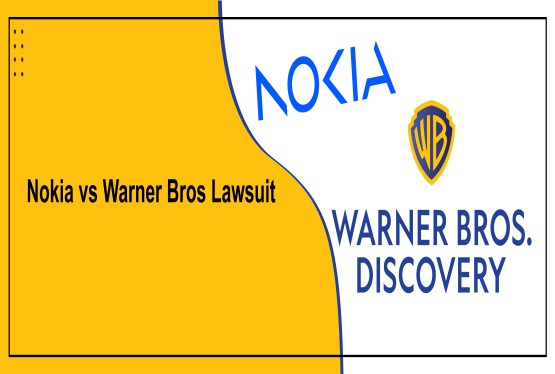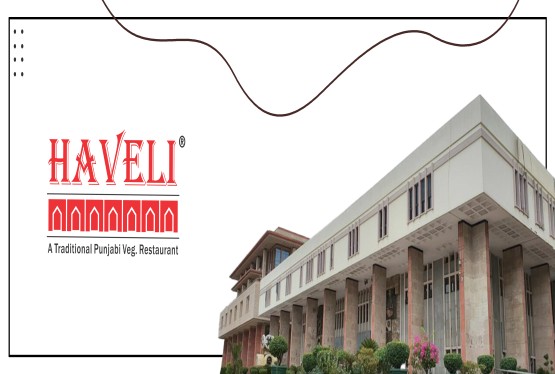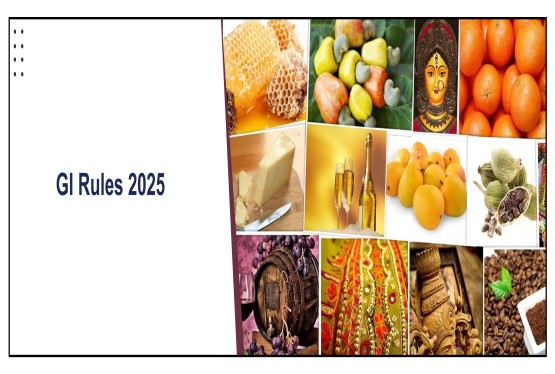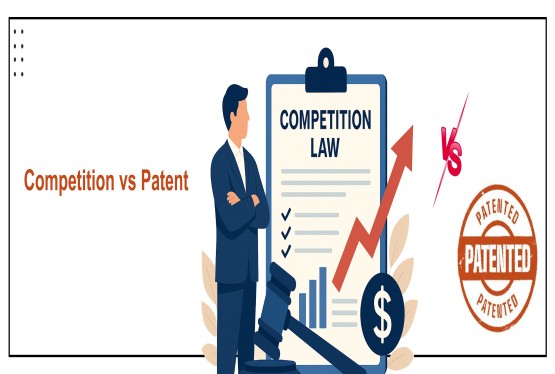A patent application undergoes thorough examination before a patent is granted. During this process, the Patent Examiner may raise objections if the application does not comply with the Patents Act, 1970 and the Patent Rules, 2003. These objections are communicated to the applicant through a First Examination Report (FER).
The purpose of raising objections is not to reject the application immediately but to provide the applicant an opportunity to clarify, amend, or modify the claims or specifications. Addressing these objections properly and promptly is essential for the successful grant of a patent.
Learn more about Patent Registration.
Types of Objections in Patent Applications
Formality Objections
These are minor procedural issues raised due to incomplete or incorrect documentation. Examples include:
-
Missing signatures or incorrect applicant details.
-
Non-submission of Proof of Right (either executed Application Form 1 or worldwide assignment in lieu of the same)
-
Statement of undertaking on Form 3 towards details of corresponding foreign applications relating to the invention as filed.
-
Non-submission of Power of Attorney (Form 26) or Declaration of Inventorship (Form 5).
-
Non-payment of prescribed fees.
-
Incomplete forms or missing reference numbers.
Remedy: The applicant must file the missing forms or correct the procedural deficiencies within the prescribed time limit, usually 6 months from the FER date.
Technical or Specification Objections
These relate to the content and clarity of the specification or claims. Common issues include:
-
Claims are ambiguous or not properly supported by the description.
-
Lack of unity of invention (claims covering multiple unrelated inventions).
-
Vague or indefinite terminology in claims.
-
Lack of clarity in figures or diagrams.
Remedy: Amend claims and descriptions to make them clear, concise, and consistent with the invention.
Subject Matter Objections
The Examiner may object that the claimed invention is not patentable under the Patents Act, 1970, especially under Section 3 and Section 4, which list non-patentable inventions, such as:
-
Mere discoveries or abstract ideas (Section 3(c)).
-
Mathematical or business methods (Section 3(k)).
-
Traditional knowledge or aggregation of known properties (Section 3(p)).
-
Atomic energy-related inventions (Section 4).
Remedy: Provide clarification or technical distinction demonstrating that the invention involves novelty, inventive step, and industrial applicability beyond excluded categories.
Novelty and Inventive Step Objections
One of the most common objections. The Examiner may state that:
-
The invention lacks novelty (Section 2(1)(l)), i.e., it is already disclosed in prior art or earlier publications.
-
The invention lacks inventive step (Section 2(1)(ja)), i.e., it is obvious to a person skilled in the art.
Remedy: Submit a detailed reply with comparative analysis, highlighting unique features or technical advancement over prior art. In some cases, claim amendments can strengthen novelty.
Industrial Applicability Objections
Raised when the invention does not clearly show practical utility or industrial application (Section 2(1)(ac)). For instance, if the invention is theoretical or lacks demonstration of working, the Examiner may raise objections.
Remedy: Submit experimental data, prototypes, or technical explanations proving the invention’s usefulness and reproducibility in industry.
Unity of Invention and Claim Structure Objections
If multiple unrelated inventions are claimed in one application (violation of Section 10(5)), the Examiner may raise objections for lack of unity.
Remedy: Restrict claims to a single inventive concept or file a divisional application for other inventions.
Non-Compliance with Indian Patent Law or Rules
If the application violates procedural timelines or rule-based requirements (e.g., foreign filing license under Section 39 or non-disclosure of foreign applications under Section 8), the Examiner may object.
Remedy: Ensure all procedural compliances, disclosures, and timelines are properly met.
Section 3(d): Mere Discovery of a New Form of a Known Substance
-
This section prevents “evergreening” of patents.
-
A new form of a known substance (like a salt, ester, or polymorph) is not patentable unless it shows a significant enhancement in efficacy.
Example: A new crystalline form of an existing drug with no therapeutic improvement cannot be patented.
Landmark Case: Novartis AG v. Union of India (2013) Supreme Court rejected Novartis’s patent for Glivec due to lack of enhanced efficacy.
Section 3(e): Mere Admixture
-
A mere mixture of known ingredients that only shows additive effects, not synergistic effects, is not patentable.
Example: Mixing two painkillers giving the same combined effect is not patentable unless they interact to produce a new, improved result.
Section 3(f): Arrangement or Re-arrangement
-
A mere arrangement or re-arrangement of known devices performing independent functions is not patentable.
Example: Placing a camera and radio in a mobile phone without new interaction is not patentable; but if integrated innovatively, it may be.
Section 3(g): Method of Agriculture or Horticulture
-
Any method of cultivation, pruning, or improving plants or crops is excluded from patentability.
Example: A new way of irrigating crops or increasing soil fertility cannot be patented.
Section 3(h): Process for Treatment of Humans or Animals
-
Any method of medical, surgical, curative, or preventive treatment of humans or animals is not patentable.
Example: A new surgical technique or method of physiotherapy cannot be patented.
However, medical devices (like surgical instruments or diagnostic machines) can be patented.
Final Thoughts
Patent objections are an integral part of the examination process. They are not rejections, but opportunities for the applicant to clarify or refine their invention to meet legal and technical standards. A well-drafted reply to the FER, supported by sound technical arguments, legal precedents, and clear claim amendments, can lead to a successful grant of the patent. Applicants often seek the help of registered patent agents to ensure compliance and effective communication with the Patent Office.
FAQs
Q1. What is the time limit for responding to patent objections?
Ans. The applicant must respond to the First Examination Report (FER) within 6 months from its issue date. An extension of 3 months may be granted upon request (Rule 24B of Patent Rules, 2003).
Q2. What happens if objections are not replied to on time?
Ans. If the applicant fails to reply within the stipulated period, the application is deemed to be abandoned under Section 21(1) of the Patents Act, 1970.
Q3. Can a patent application be rejected even after replying to objections?
Ans. Yes, if the Controller is not satisfied with the applicant’s response, the application may be refused after providing a hearing opportunity to the applicant.
Q4. Who can help in drafting a response to patent objections?
Ans. A registered patent agent or attorney can assist in analysing the FER, drafting precise responses, amending claims, and representing the applicant before the Patent Office.
Q5. Are objections common in all patent applications?
Ans. Yes, nearly all patent applications receive some form of objection. It is a standard part of the examination process to ensure that only genuine, novel, and useful inventions are granted patents.

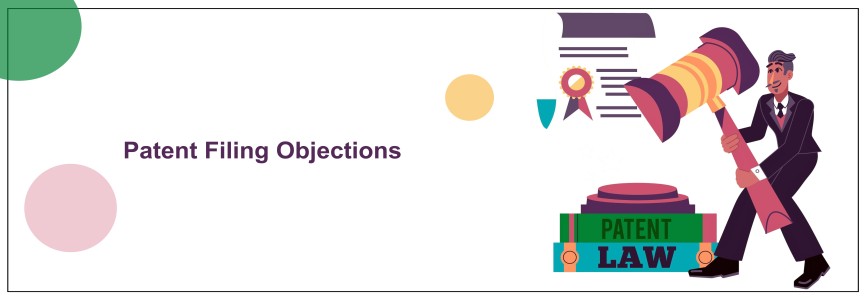




























_(b)_of_the_Trademark_Act,_1999_(1)_crop10_thumb.jpg)



_crop10_thumb.jpg)




























_crop10_thumb.jpg)
_crop10_thumb.jpg)






_crop10_thumb.jpg)








_crop10_thumb.jpg)



_crop10_thumb.jpg)





























_crop10_thumb.jpg)

















_crop10_thumb.jpg)






_crop10_thumb.jpg)












































































































































_crop10_thumb.jpg)




































_crop10_thumb.jpg)












_crop10_thumb.jpg)













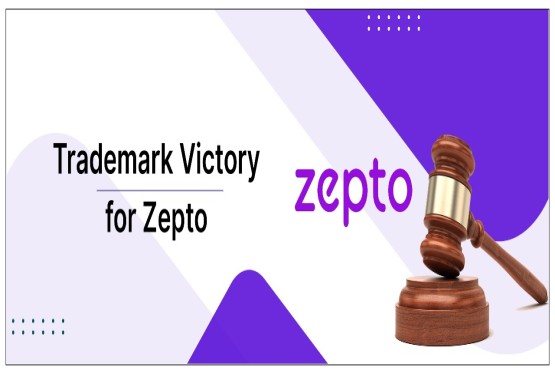




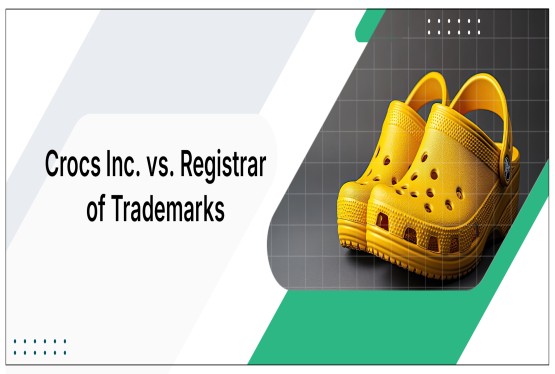















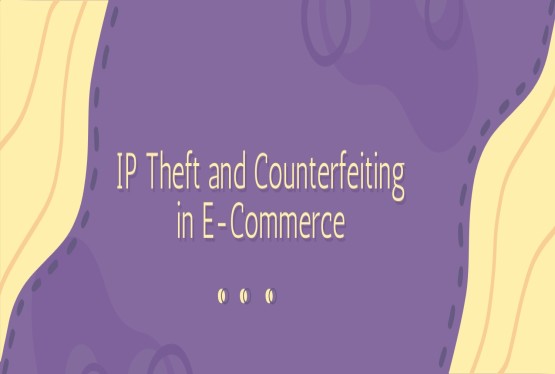












_crop10_thumb.jpg)






